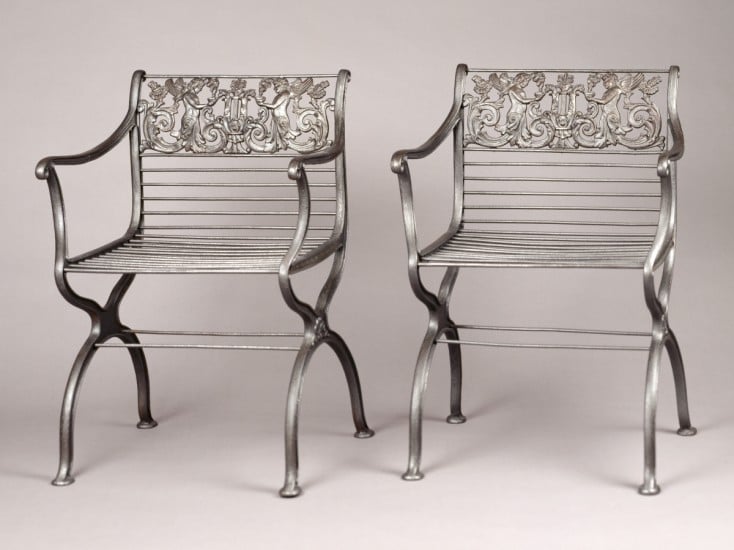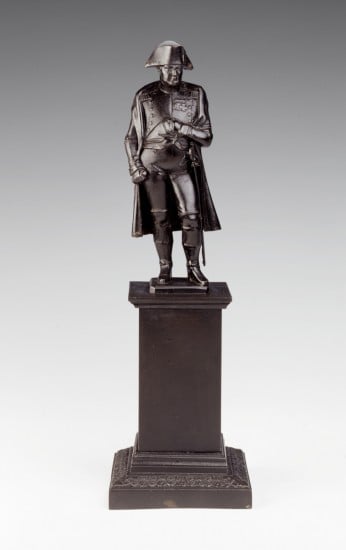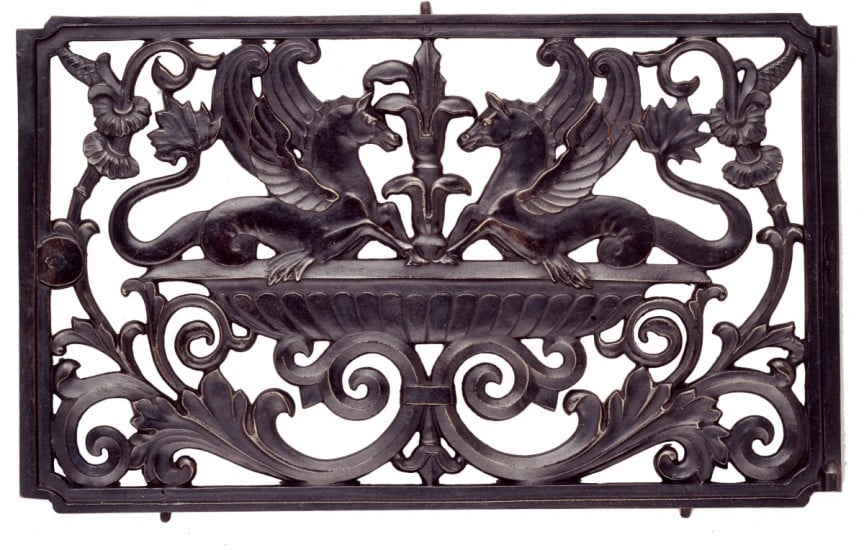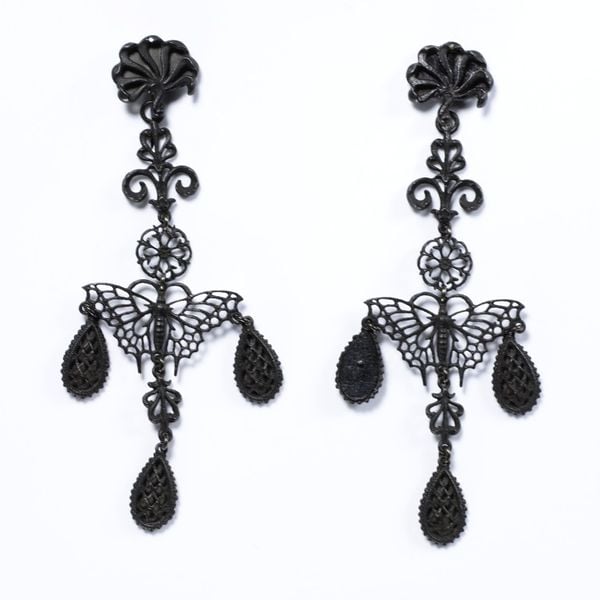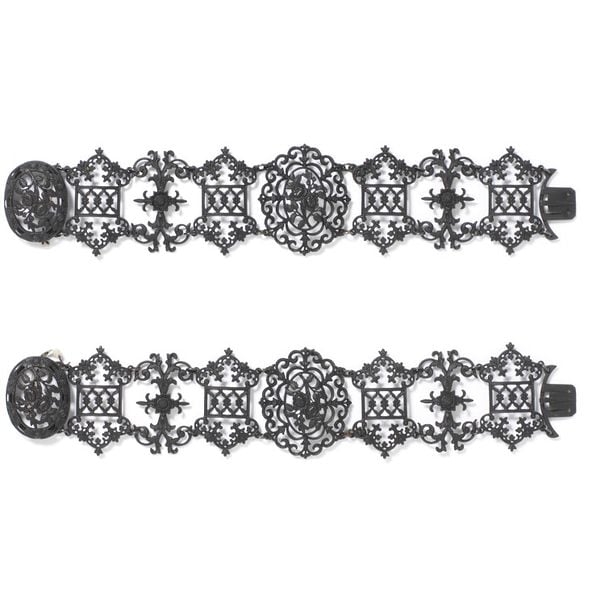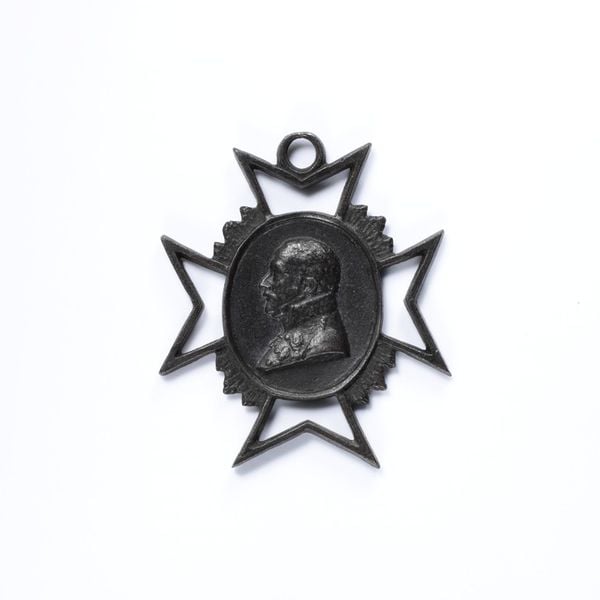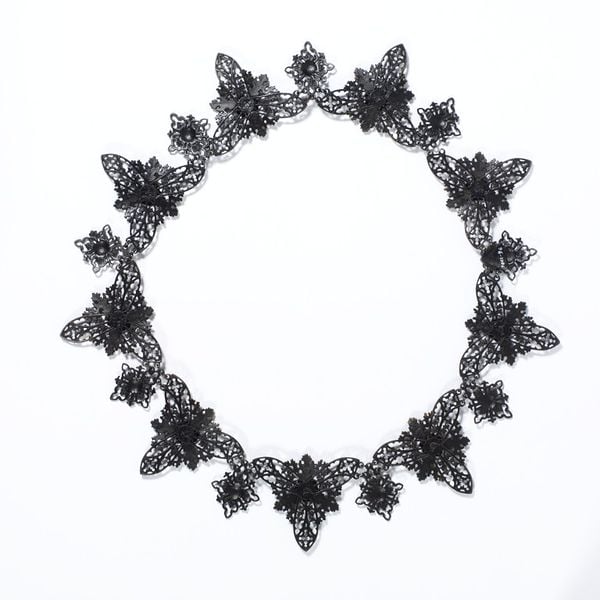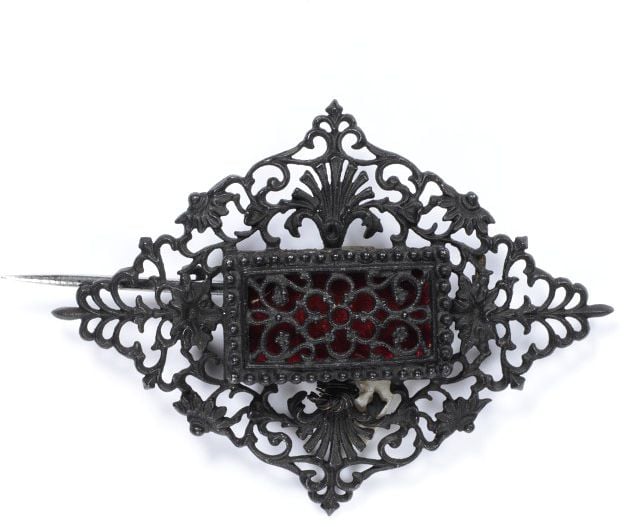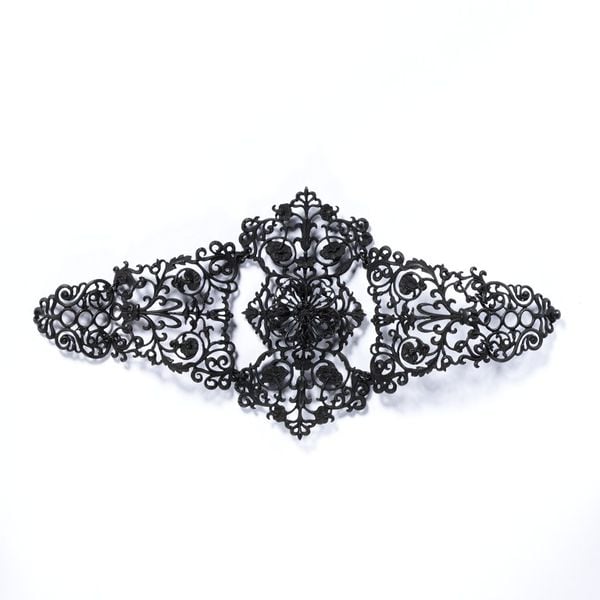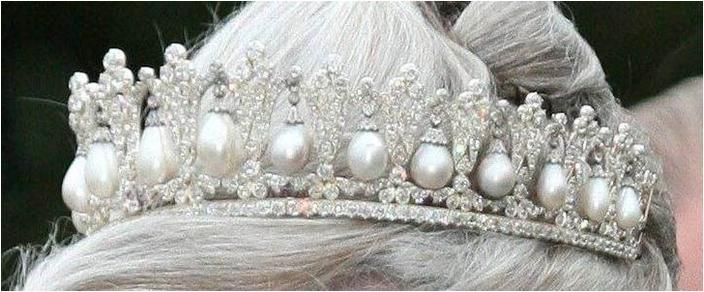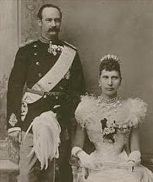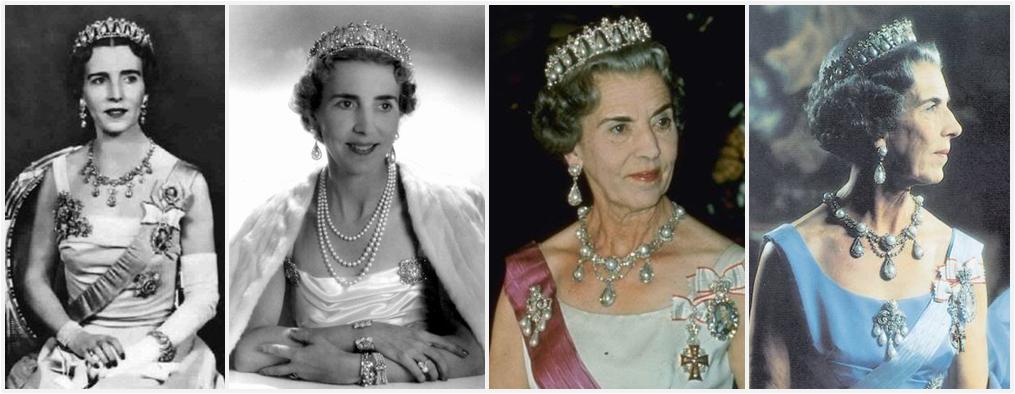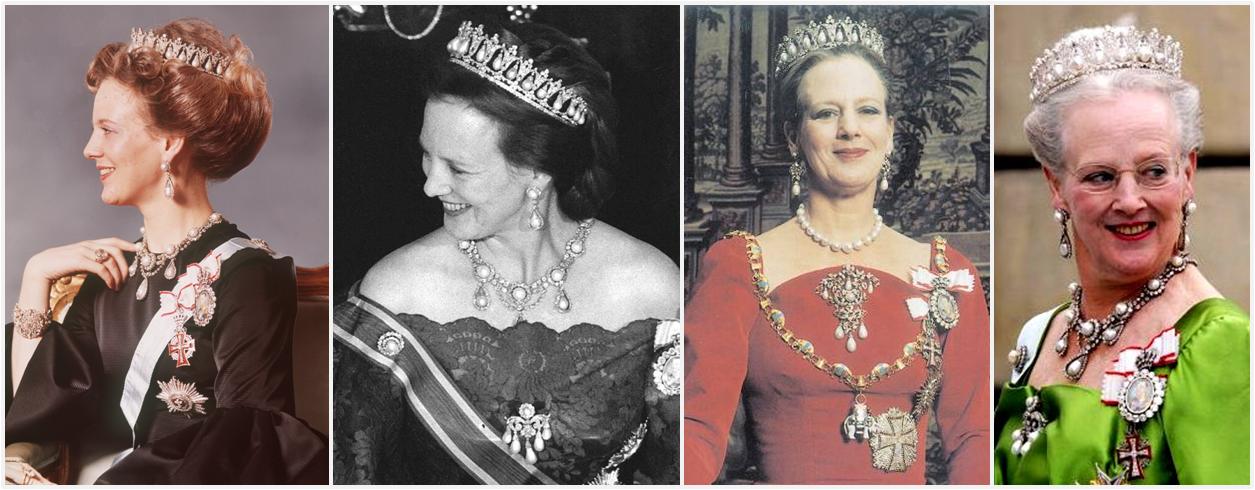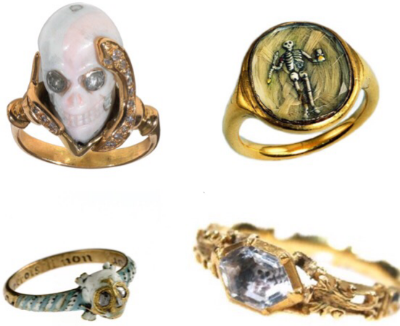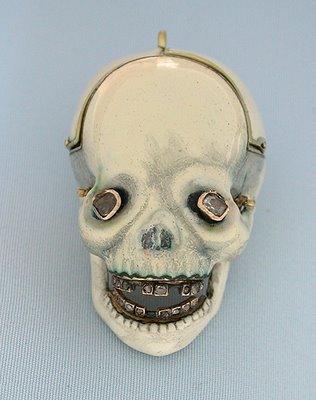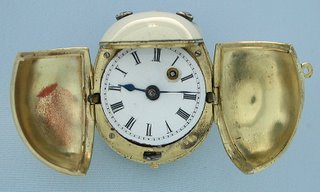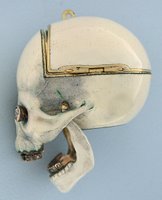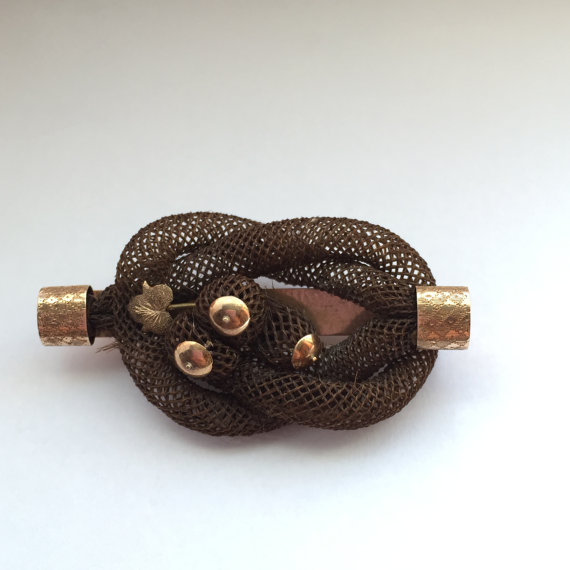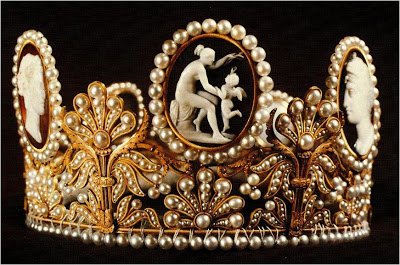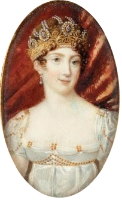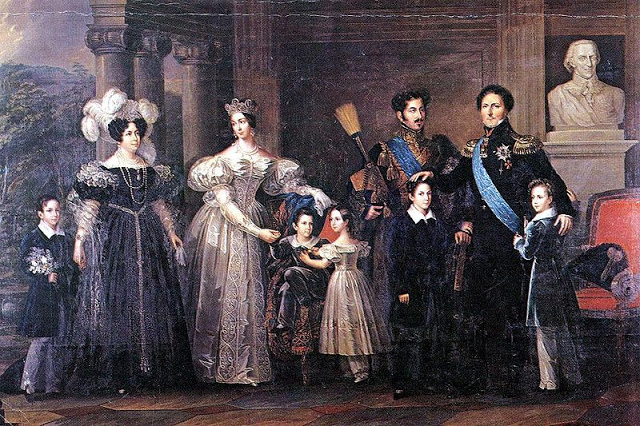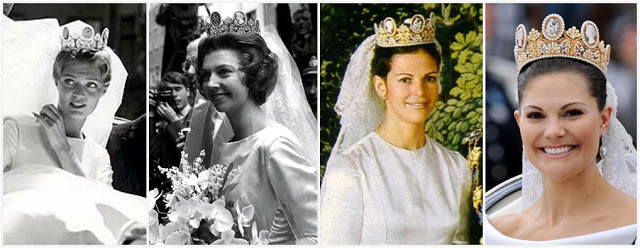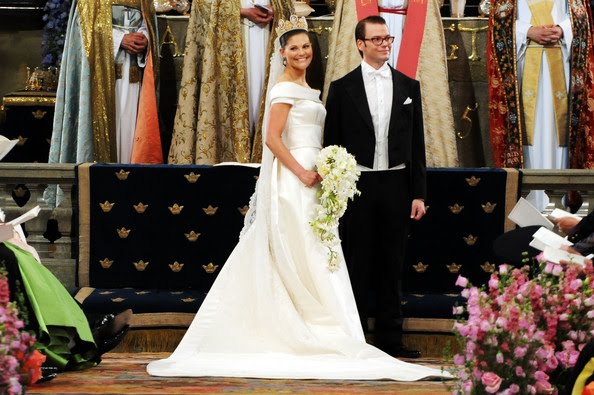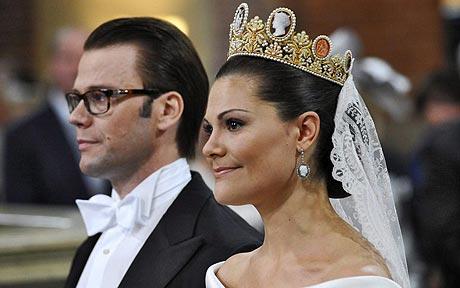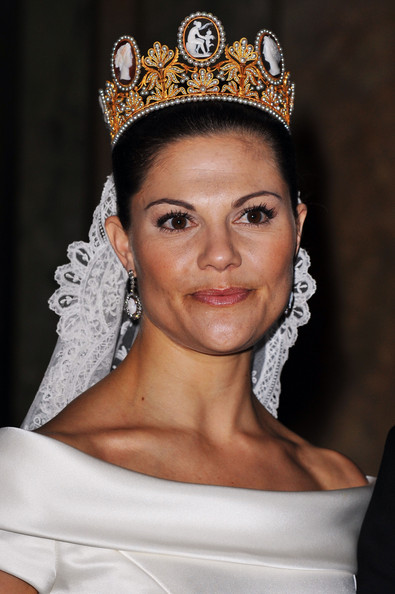Iron Clad Patriotism: Berlin Iron
/THIS SPLENDID PIECE COMBINES A NEO-CLASSICAL CAMEO (ALSO OF CAST IRON) WITH GOTHIC REVIVAL ORNAMENT. COURTESY OF THE VICTORIA & ALBERT MUSEUM
Berlin iron's roots start with the establishment of the Königliche Eisengiesserei bei Berlin or Royal Berlin Foundry in 1804. The Royal Berlin Foundry initially began with the production of iron goods such as vases, knife stands, candelabra, bowls, plaques and medallions, as well as more commercial articles such as fences, bridges and garden furniture. The first jewelry items were produced in 1806 and consisted of mostly long chains with cast links. Later, more elaborate necklaces with medallions joined with links and wire work mesh were manufactured.
Iron jewelry reached its peak in both production and artistic expression between 1813 and 1815 when war fanned the flames of the iron forges. To aid in the uprising against Napoleon during the War of Liberation the Prussian royal family urged all citizens to contribute their gold and silver jewelry. In return the people were given iron jewelry often with the inscription Gold gab ich für Eisen (I gave gold for iron), or Für das Wohl des Vaterlands (For the welfare of our country / fatherland) or with a portrait of Frederick William III of Prussia on the back.
The numbers of pieces produced started declining after 1850, but still continued to be manufactured until the end of the century. Towards it's decline there appears to have also been a shift in design favoring a more Gothic style.
An attempt to emulate the previous Prussian example was made be the Austro-Hungarian's and German's during the 1900's (First World War). This was done again by exchanging gold jewelry for an iron, much of which was inscribed with some variation of the words: Gold gab ich zur Wehr, Eisen nahm ich zur Ehr (I give gold towards our defence effort and I take iron for honor). This attempt, however, was not as successful.
Engraved iron finger ring given as replacement for gold jewelry offered as gift to the war funds of the Austro-Hungarian empire during the First World War. inscribed 'Gold gab ich fur Eisen 1914' Coutesy of the Imperial War Museums © Crown Copyright: IWM
Today Berlin Iron Jewelry pieces are considered collector's items. Because iron is a very brittle material and also susceptible to rust, comparatively few examples have survived. The best and most authentic pieces are usually found in museums or private collections. Replicas are widely manufactured today and buyers should be well informed before purchasing.
Photos courtesy of: The V&A Museum, The Birmingham Museum or Art, The Imperial War Museums
